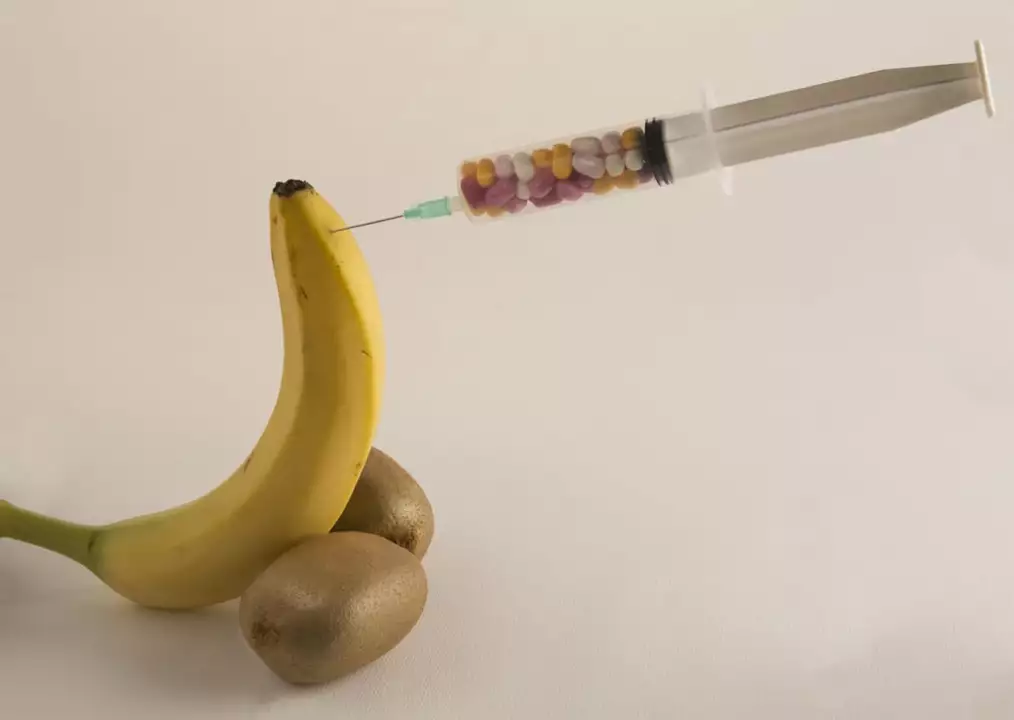Peyronie's Disease: What It Is and How to Deal With It
If you’ve noticed a bend in your penis that didn’t use to be there, you might be facing Peyronie's disease. It’s not something most men talk about, but it affects many and can cause pain, embarrassment, and trouble with intimacy. The good news is there are ways to understand what’s happening and steps you can take to feel better.
What Causes Peyronie's Disease?
The condition starts when scar tissue builds up inside the penis. Most experts think a small injury – like bending during sex or an accidental hit – triggers the body to form this tough patch. Over time, the scar doesn’t stretch like normal tissue, so the penis bends or narrows. Age can play a role too; men over 40 are more likely to develop it because tissue becomes less elastic.
Other risk factors include genetics, certain medicines, and health issues that affect blood flow, such as diabetes or high blood pressure. If you have any of these, keep an eye on changes in shape or pain after erections.
How to Manage & Treat It
The first step is talking to a doctor, preferably one who knows urology. They can confirm the diagnosis with a simple exam and sometimes an ultrasound. From there, treatment options split into three groups: watchful waiting, medication, and surgery.
If the bend isn’t severe and pain is mild, many doctors suggest waiting. The scar tissue may stop growing on its own, and you can use pills like colchicine or vitamin E to reduce inflammation – though results vary.
For more noticeable bends, oral medications such as pentoxifylline have shown some success in softening the plaque. Injections directly into the scar (collagenase Clostridium histolyticum) are also approved and can break down the tissue over several sessions.
Surgery is usually a last resort, reserved for cases where the curvature makes intercourse impossible or causes constant pain. Procedures range from cutting the scar and stitching the penis straight to inserting implants that keep it firm.
Beyond medical treatments, some lifestyle tweaks help. Gentle stretching exercises (under a doctor’s guidance) can improve flexibility. Maintaining a healthy weight, quitting smoking, and controlling blood sugar all support better blood flow, which may slow plaque growth.
If you’re looking for over‑the‑counter options, talk to your pharmacist about safe supplements. Some men find that antioxidants like coenzyme Q10 or omega‑3 fatty acids reduce inflammation, but they shouldn’t replace prescription therapy.
Remember, Peyronie's disease isn’t a death sentence for your sex life. Many men regain normal function with the right mix of care and patience. Keep the conversation open with your partner – honesty reduces anxiety and lets you both explore solutions together.
For more articles on related health topics, check out our guides on natural anxiety relief, safe online pharmacy tips, and medication safety. Staying informed empowers you to make smarter choices about your health.

